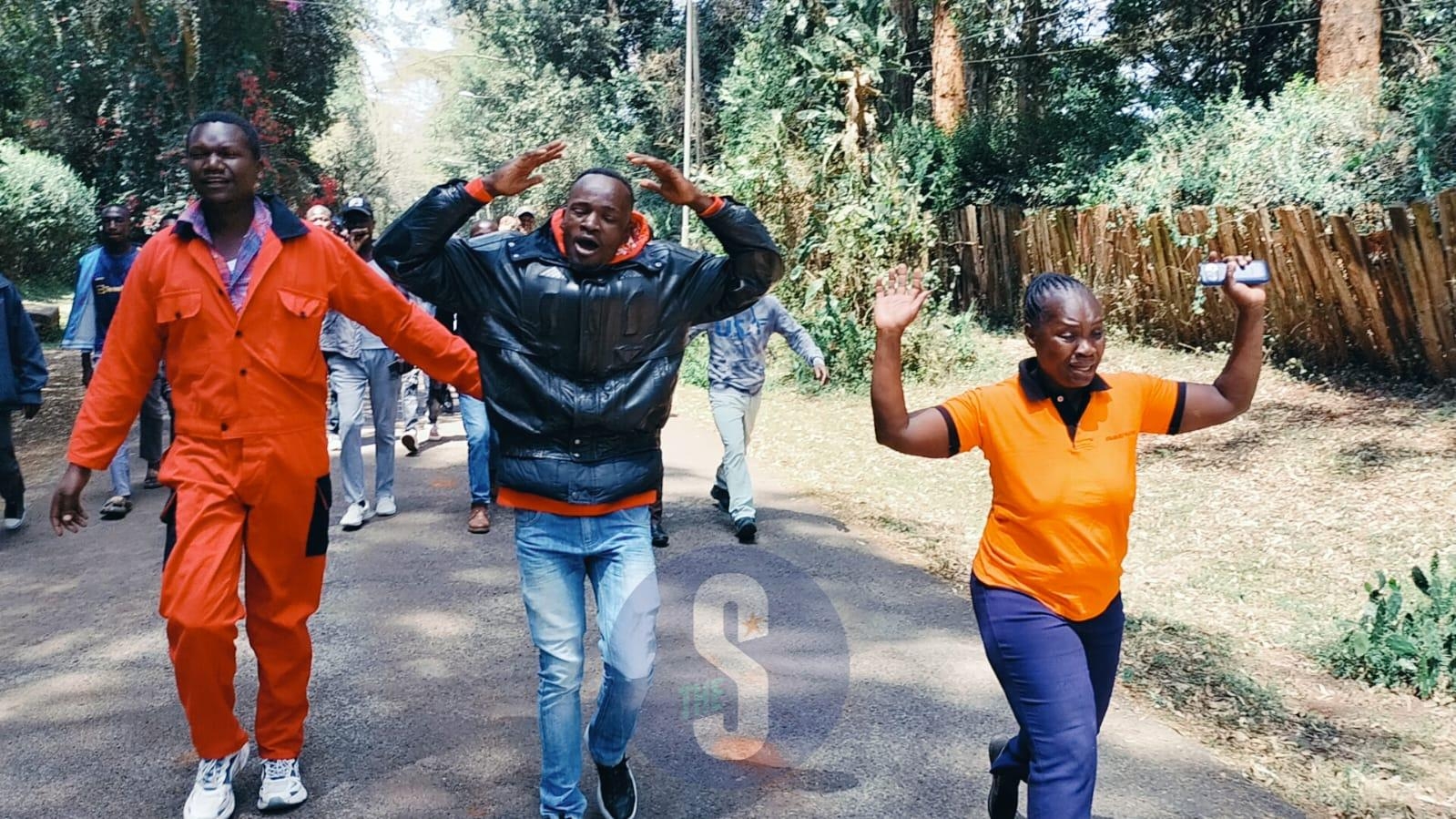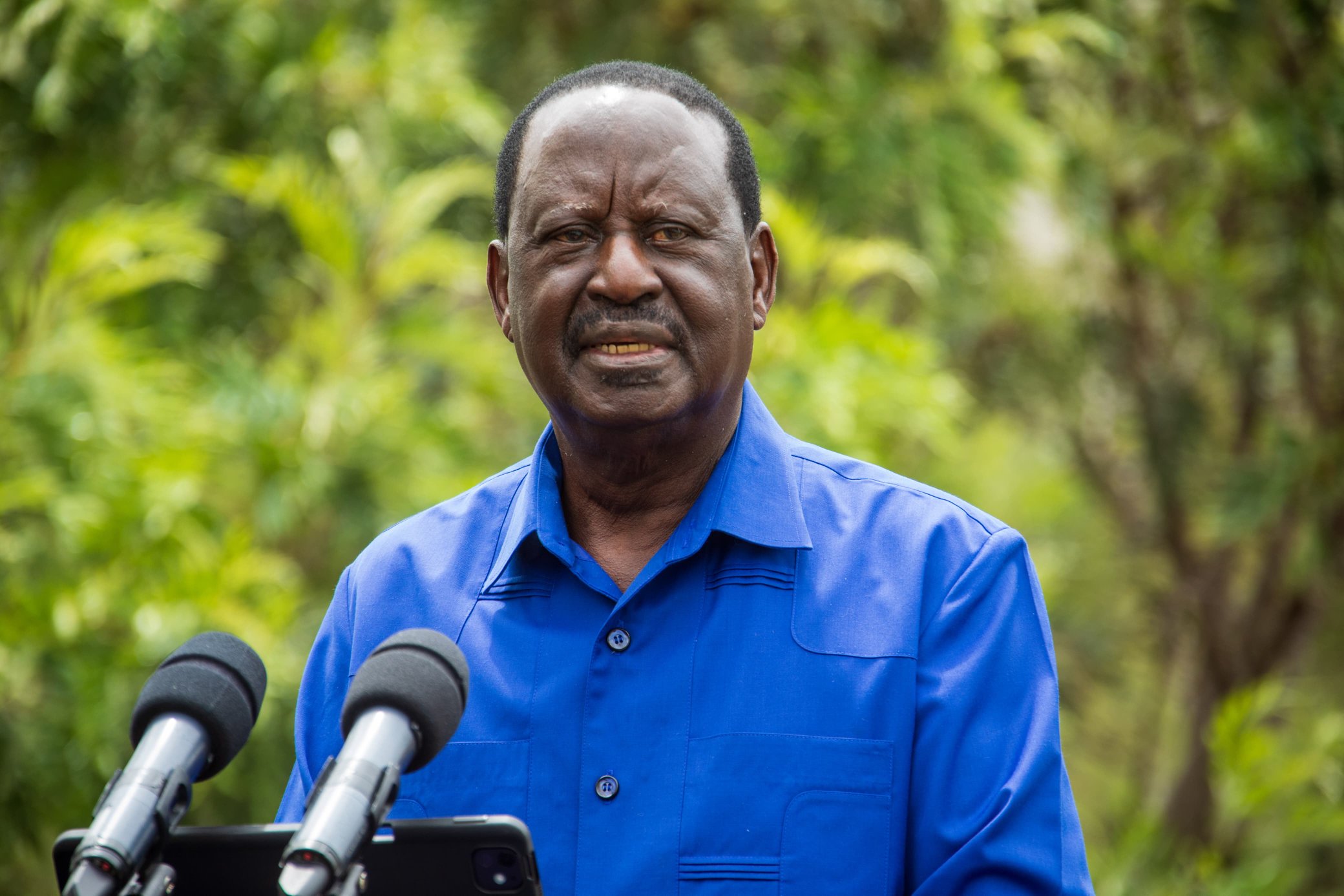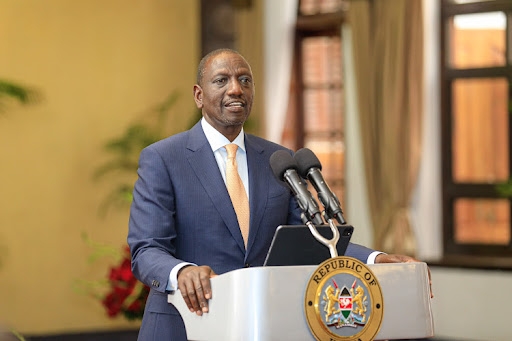

He was the most politically active of the Odinga family siblings. While he was involved in politics from his early life, his star began to shine with the advent of multiparty democracy.
He thrust into the public limelight after the 1982 coup attempt. Many people had not encountered him until the government detained him without trial. Earlier, he had been arraigned before the Miller commission that investigated Charles Njonjo for his involvement in the attempted coup.
It is claimed that the state could not prove his participation in the putsch and thus opted for the draconian colonial relic of detention without trial. Others opine that he collaborated with the prosecutors and took a plea bargain in exchange for being a state witness.
Henceforth, the tribulations of his father and family were mirrored in his persecution. But his bravery as he went through the harrowing process became his hallmark as a champion of democracy.
He was awarded a diploma in mechanical engineering from the School of Mechanical Engineering in 1970. When he returned to his motherland, he joined academia as an assistant lecturer in the Department of Mechanical Engineering at the University of Nairobi.
There were only three academic staff of African origin. His innovative acumen would lead him to found the Standard Processing Equipment Construction & Erection Ltd (later renamed East African Spectre), the only company manufacturing liquid petroleum gas cylinders in Kenya.
In his own admission, he sold his only earthly possession then, a Mercedes-Benz car, to start the manufacturing unit.
While at the university, he got involved in the development of the ISO Standards for the production of gas cylinders with the World Standards Organisation. The Kenya Bureau of Standards adopted these inventions. He served at the university until 1974, when he was appointed group standards manager of Kebs. After holding this position for four years, he was promoted to deputy director in 1978, a post he held until his detention in 1982.
It should be noted that even though Raila worked for the government, he never allowed himself to be blinded by the excesses of the regimes of the time. From his maximum security prison cells, Jakom was able to actively participate in the covert movement to return the country to democracy. It is claimed, and rightly so, that his involvement led to the movement being labelled underground.
The public faces of the movement relied on his engineering thought system and vast international networks to mobilise diplomatic goodwill and resource wherewithal. His student activism in the socialist political system of Erich Ernst Paul Honecker in East Germany was instrumental in the efficient organisation of the Mwakenya movement.
Among some of his most painful experiences was when his mother died in 1984, but the prison wardens took two months to inform him of her death. Raila was released on June 12, 1989, only to be incarcerated again on July 5, 1990, together with Kenneth Matiba and former Nairobi mayor Charles Rubia, both multiparty system and human rights crusaders.
Raila was finally released on June 21, 1991, and in October he fled the country to Norway amid indications that the increasingly corrupt Kenyan government was attempting to assassinate him without success. This was after being rearrested after eight months of brief freedom in September 1988 for his pro-democracy and human rights agitation at a time when the country continued to descend deep into the throes of poor governance and the despotism of single-party rule.
His encounters with the authoritarian government generated an aura of intrigue about him, and it was probably due to this that his political followers christened him ‘Agwambo’, Luo for ‘The Mystery’ or ‘Unpredictable’, and ‘Jakom’, meaning chairman. These personal attributes were developed out of communist socialisation and were instrumental in his tight grip and effective leadership of NDP and ODM.
After the death of his father in 1994, he chose to break ranks with his comrades. His father, Jaramogi Oginga Odinga, had been the doyen of opposition and leader of the Ford Kenya party and the opposition in Parliament.
Raila tried to wrest the leadership mantle from Kijana Wamalwa without success. This led him to resign from the party and parliament altogether. The ensuing by-election in the then Lang’ata constituency was a watershed for Raila’s political career. This was my closest encounter with him and marked decades of a longstanding political relationship.
He successfully defended his seat on the little-known National Development Party. A year later, he emerged third in the presidential election after Moi and Kibaki. By beating Wamalwa and Charity Ngilu together with other novices, he established himself as a shrewd politician.
Once in Parliament, he created a niche for himself by crafting an alliance with the ruling party Kanu in a cooperation arrangement that led him into the cabinet with his erstwhile nemesis, President Moi. His dexterity enabled him to use his position and influence in the cabinet to push for constitutional reforms.
This led to the establishment of the Constitution of Kenya Review Commission under the chairmanship of Prof Yash Pal Ghai. Raila demonstrated a rare trait of selfl essness by literally forgiving his tormentors of yore, not for self but the general good of the nation.
Perhaps the greatest gifts that Raila has bequeathed Kenya and posterity are his unique ability to handle betrayal. After singlehandedly propelling Kibaki to the presidency, Raila was thrown under the bus by no less than his second liberation movement compatriots.
It was his comrades Martha Karua and Kiraitu Murungi who led the brigade to alienate him in the first Kibaki administration. When he won the 2007 presidential election, it was again this cabal who connived to deny him victory by manipulating the legal system.
However, he showed magnanimity and, for the sake of the nation, joined them in the Grand Coalition Government. This act calmed the country from the vagaries of the post-election violence and spared the nation from the precipice of civil war.
The government not only delivered the globally celebrated 2010 constitution but also undertook major development projects. These projects had a profound impact on economic growth. Three times again, in 2013, 2017 and 2022, he cried foul in the presidential elections. But because of his unrivalled patriotism, he climbed down and worked with the perceived purveyors of electoral injustices. History vindicated him when the 2017 results were annulled.
His decision to engage Uhuru Kenyatta in the 2018 handshake agreement saved the country from plunging into chaos. The 2024 broad-based government, with President William Ruto, halted the imminent collapse of the government and potential slip into civil strife.
Raila has united the country on both sides of the political divide for the sole sake of national development through the pursuit of justice and equity. His mentees shine globally. His legacy remains the national pillar of unity and patriotism.
Political policy analyst


















